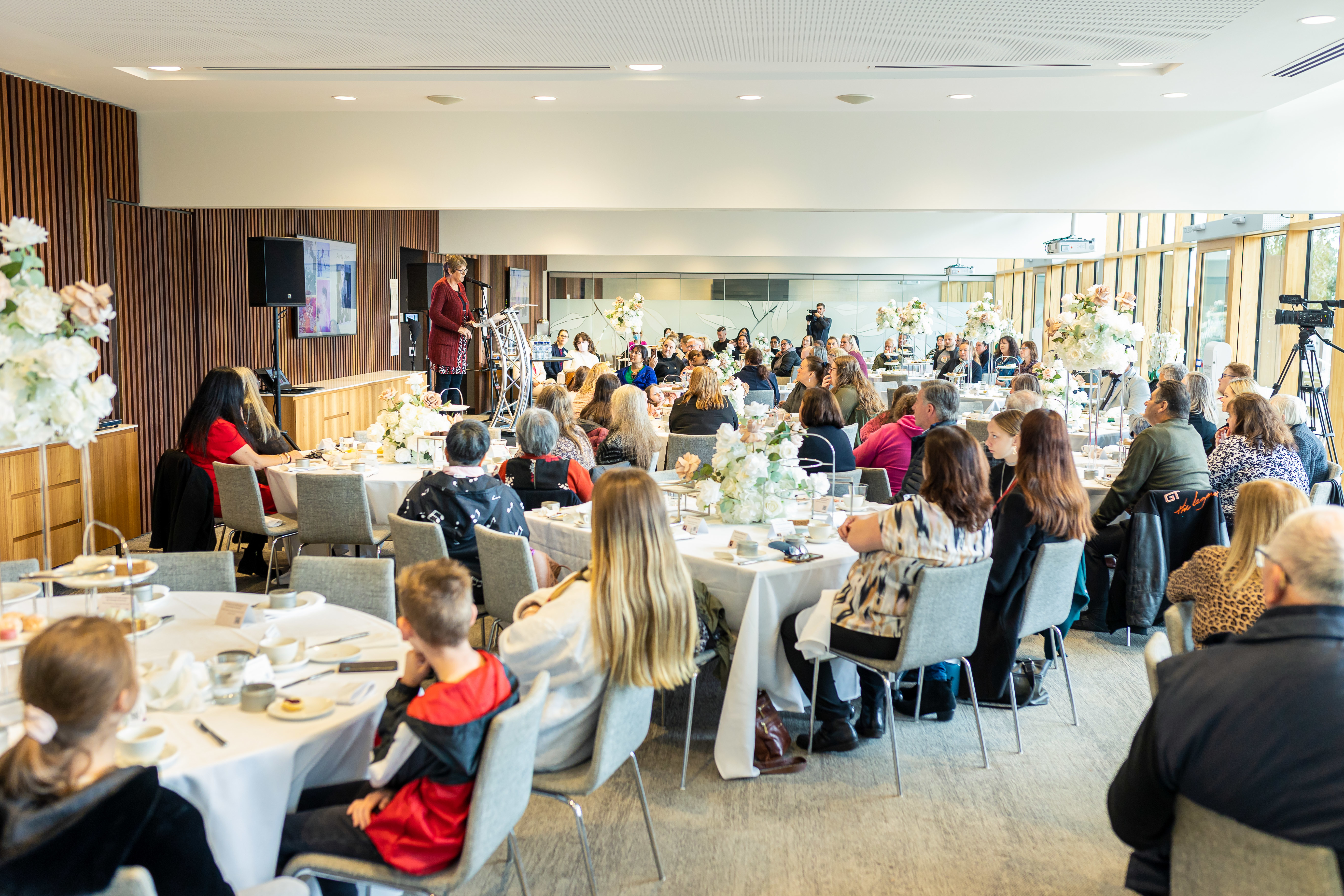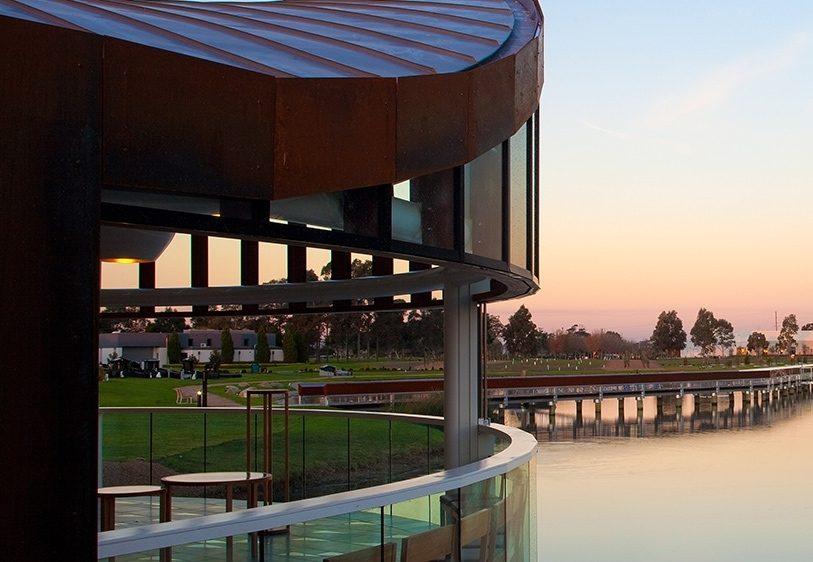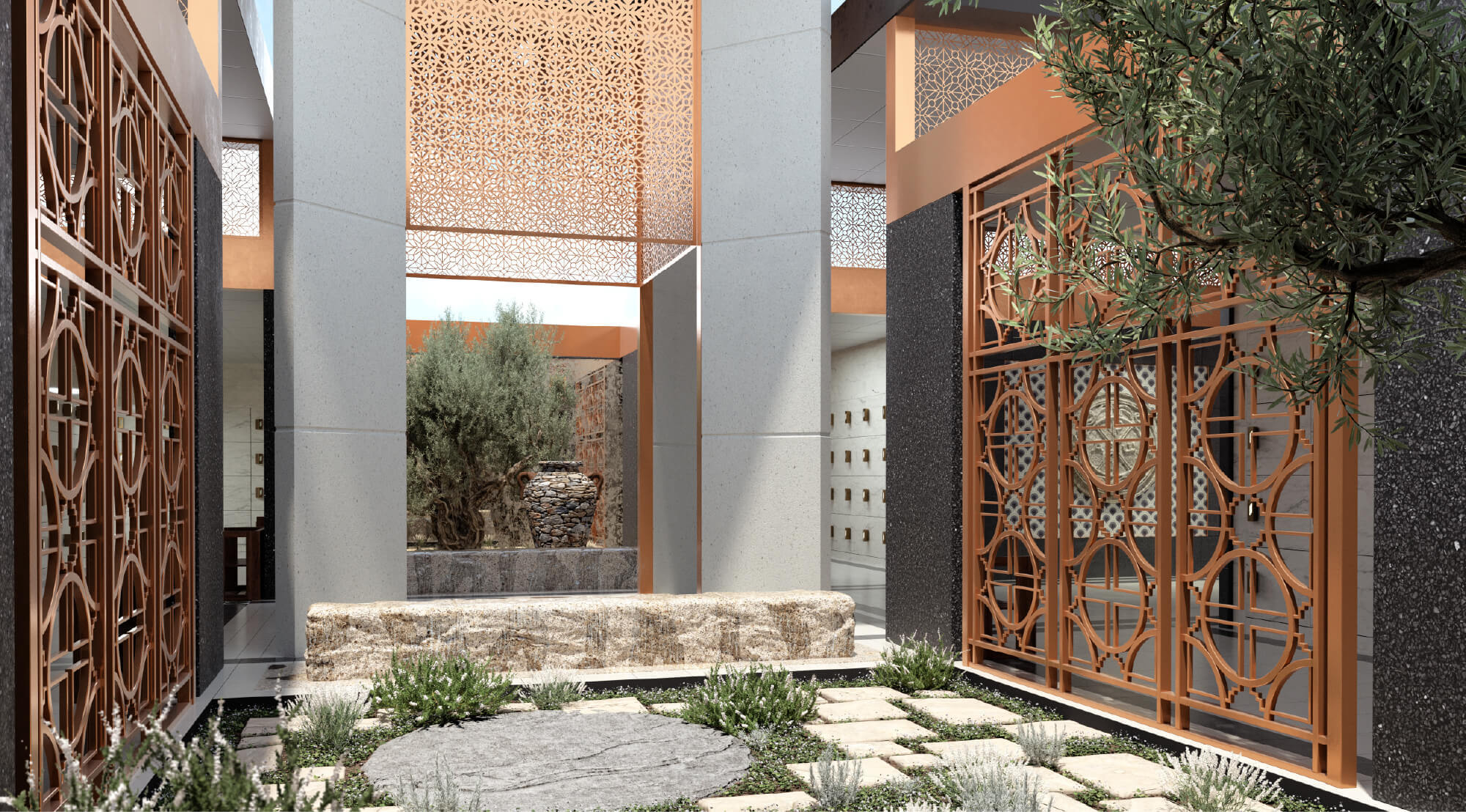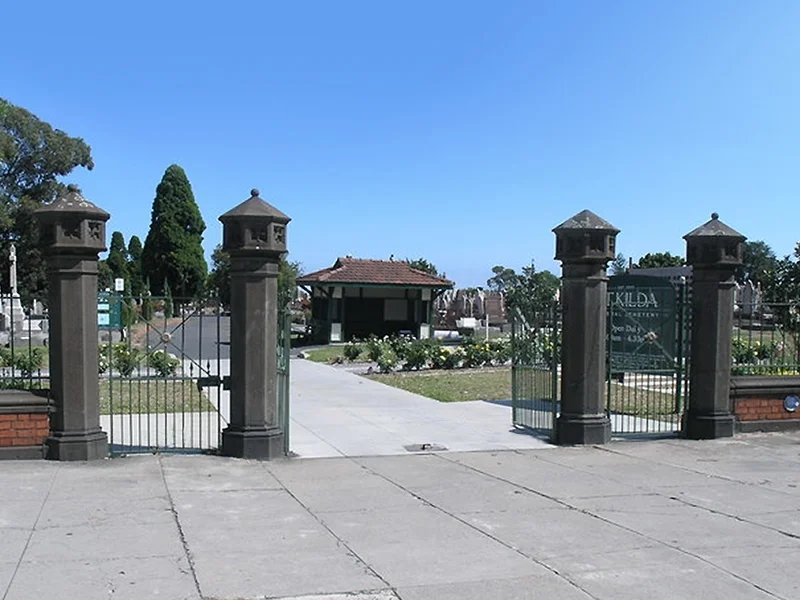Putting an extra bit of spring in your step

The month of September marks the start of spring and the arrival of vibrant flora across our streets and parks. With the warmer weather giving us more opportunities to get outside, we’ve come up with a spring activity to add an extra dose of fun to your walks.
From
daffodils to camellias, the flowers you see below are making their magnificent
entrance across our gardens right now. Take a moment to learn about
these spring beauties, and the next time you visit our gardens, see how many of
them you can locate (and be sure to take a photo!).

Daffodils (Narcissus pseudonarcissus)
Daffodils are known to symbolise new beginnings and rebirth and are commonly associated with the coming of spring. These flowers typically grow in meadows and forests. You can find beautiful yellow daffodils growing outside our Centre for Care & Wellbeing at Springvale Botanical Cemetery.

Golden Wattle (Acacia pycnantha)
The wattle is classified as the national flower of Australia and can be found on medals and our coat of arms. This plant is ideally suited to withstand our harsh weather such as winds, drought and bushfires. They are known for their vibrant golden yellow colour that signify the coming of spring and symbolise unity.

Ornamental Plum (Genus Prunus)
This vibrant ornamental plum tree (also known as ‘fruitless plum tree’) belongs to the Prunus Genus family and is adored for its beautiful springtime blossom. These trees are grown for their lovely pink and white flowers and can be found in many gardens across our sites and in your local park.

Bottle brush (genus Callistemon)
The Australian Bottlebrush belongs to the genus Callistemon and is named after its signature brush-like flowers and cylindrical shape. The Bottlebrush is well known for the distinct red colour of its foliage, however, it can also grow in a light-yellow variety. These flowers can symbolise laughter, abundance and joy and are commonly used to celebrate moments such as a birth.

Camellias (Camellia sinensis)
Camellias are an evergreen plant that belongs to the tea family. When in bloom they display bright and vibrant flowers that range from white, yellow, red or pink. They can also grow in trees and small shrubs. Red, white and pink camellias are currently in bloom across Springvale Botanical Cemetery and Bunurong Memorial Park, can you find them?

Australian Honeysuckle (Banksia)
Banksia flowers also known as the ‘Australian Honeysuckle’ are a plant native to the southern hemisphere. Banksias have distinctive, often large cone-shaped flower spikes. Most grow as shrubs, but some can grow into large trees, with diverse foliage and unique flower heads. The flowers are often honey-scented and nectar-rich on the inside hence the name ‘Honeysuckle’.

Everlasting Daisy (Rhodanthe Chlorocephala)
The everlasting daisy is characterised by its lovely colours and is widely grown due its attractive flowers and foliage. They are sometimes called ‘paper daisies’ due to the thin paper-like appearance of its petals. They are adaptable and long-living flowers that bring an extra splash of colour to any garden.

Flannel (Actinotus helianthin)
And finally, the Flannel! This flower is the definition of softness, both in appearance and texture. Flannel is the national symbol of Mental Health Australia and is used to promote mental health awareness across the country. This beautiful flower serves as a reminder to take a moment to breathe and focus on mindfulness, especially during these times.





